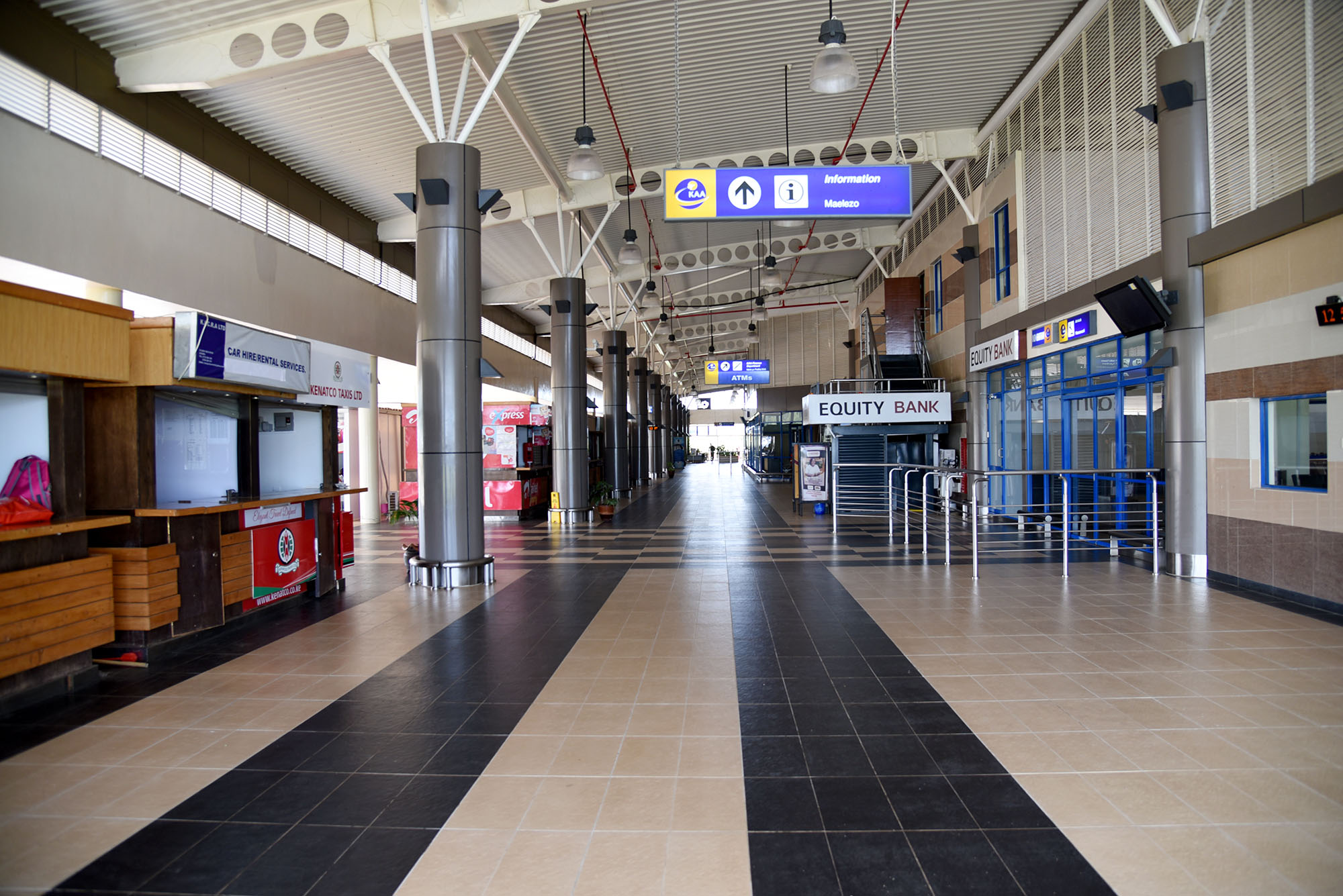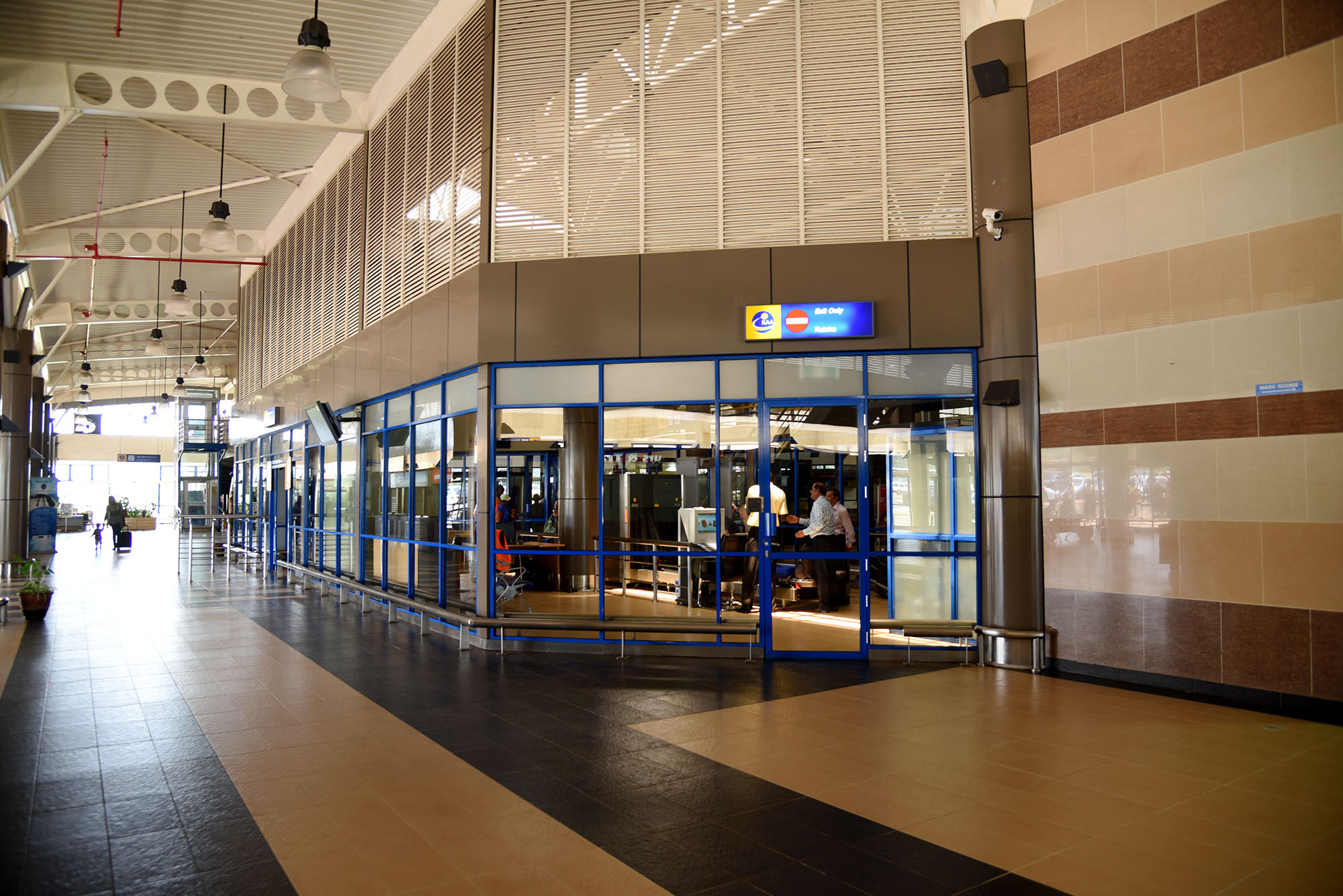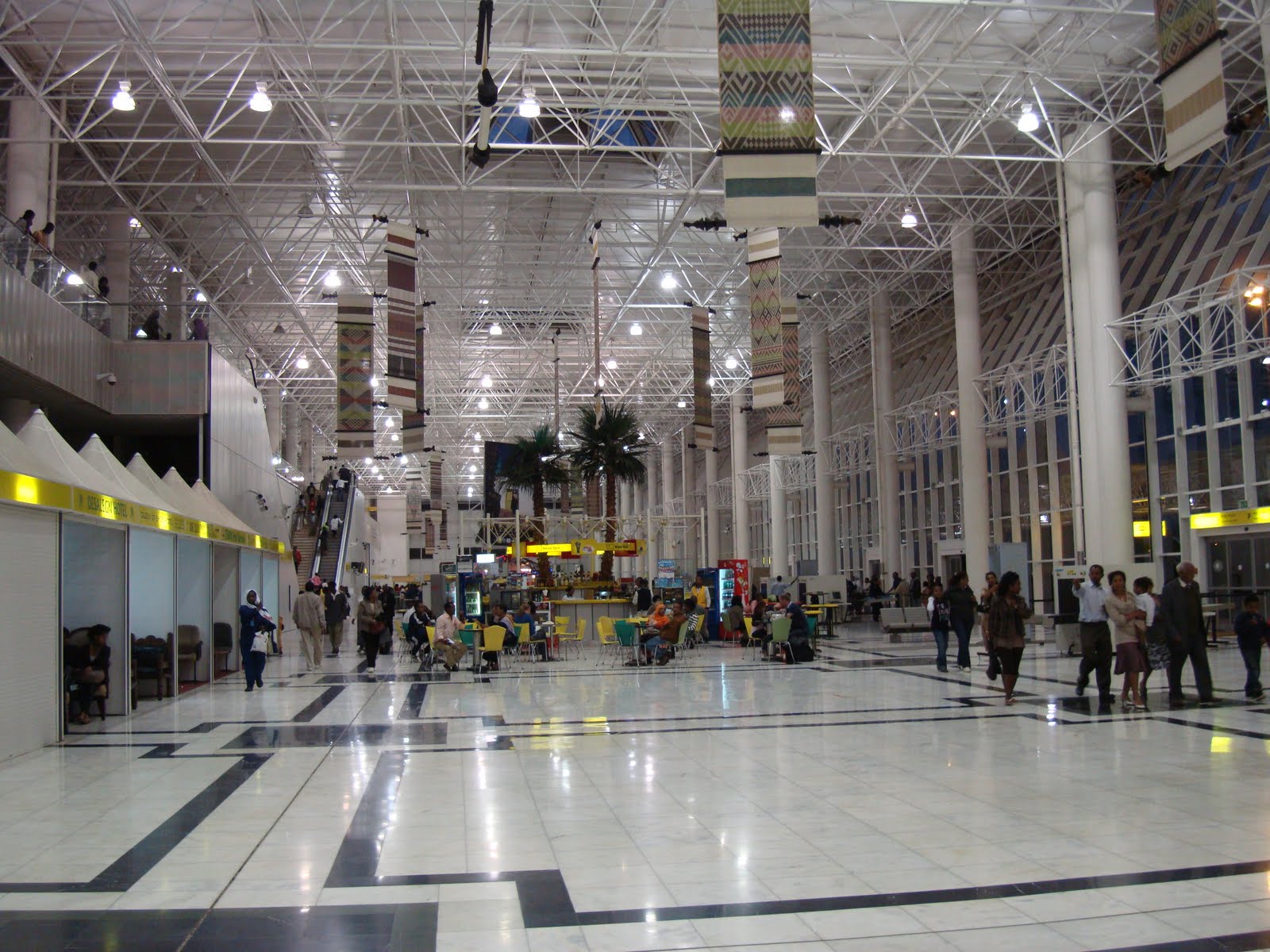Geza Ulole
JF-Expert Member
- Oct 31, 2009
- 59,134
- 79,255
Mtwara airport upgrading now underway
The upgrading of the airfield will commence by July, this year, the Minister remarked during an inspection visit. The improvement will also cover extension of the parking lots and construction of 1.5 kilometre stretch of road leading to the airport.
"We expect to float a tender for the upgrading this month and we are positive of securing a competent contractor to undertake the work,” Prof Mbarawa explained. According to the minister, the government will as well ensure that the airfield is fenced-off to boost security. Prof Mbarawa said on the other hand that plans are underway to procure four brand new modern surveillance radars to navigate planes taking off and landing at local airports.
“The equipment will enable the government to monitor all airplanes, even the small ones landing at airstrips in mining areas to be able to keep an eye on their movements,” he observed. Prof Mbarawa assured the Mtwara District Commissioner, Evod Mmanda, that the new planes, Bombadier Q-400, operated by state-owned Air Tanzania Company Limited (ATCL) would in the near future launch flights between Dar es Salaam-Mtwara and Songea in Ruvuma Region.
The DC had appealed to the government to expedite the launch of ATCL flights so as to ease air transport and eventually boost economic opportunities in Mtwara and surrounding regions.
In the same vein, the Acting Manager for Tanzania Airports Authority (TAA), Ms Zitta Majinge, said the authority will work closely with the government to ensure improvement at the airport is accomplished on time to enhance efficiency in the aviation industry.
Meanwhile, Prof Mbarawa also inspected operations of MV Kilambo ferry which plies between Kilambo in Mtwara and Namoto in Mozambique, stating that the government wants the ferry to operate in all seasons of the year. Prof Mbarawa is in Mtwara for a two-day working visit aimed at inspecting projects undertaken by the ministry.
Mtwara airport upgrading now underway
The upgrading of the airfield will commence by July, this year, the Minister remarked during an inspection visit. The improvement will also cover extension of the parking lots and construction of 1.5 kilometre stretch of road leading to the airport.
"We expect to float a tender for the upgrading this month and we are positive of securing a competent contractor to undertake the work,” Prof Mbarawa explained. According to the minister, the government will as well ensure that the airfield is fenced-off to boost security. Prof Mbarawa said on the other hand that plans are underway to procure four brand new modern surveillance radars to navigate planes taking off and landing at local airports.
“The equipment will enable the government to monitor all airplanes, even the small ones landing at airstrips in mining areas to be able to keep an eye on their movements,” he observed. Prof Mbarawa assured the Mtwara District Commissioner, Evod Mmanda, that the new planes, Bombadier Q-400, operated by state-owned Air Tanzania Company Limited (ATCL) would in the near future launch flights between Dar es Salaam-Mtwara and Songea in Ruvuma Region.
The DC had appealed to the government to expedite the launch of ATCL flights so as to ease air transport and eventually boost economic opportunities in Mtwara and surrounding regions.
In the same vein, the Acting Manager for Tanzania Airports Authority (TAA), Ms Zitta Majinge, said the authority will work closely with the government to ensure improvement at the airport is accomplished on time to enhance efficiency in the aviation industry.
Meanwhile, Prof Mbarawa also inspected operations of MV Kilambo ferry which plies between Kilambo in Mtwara and Namoto in Mozambique, stating that the government wants the ferry to operate in all seasons of the year. Prof Mbarawa is in Mtwara for a two-day working visit aimed at inspecting projects undertaken by the ministry.
Mtwara airport upgrading now underway




